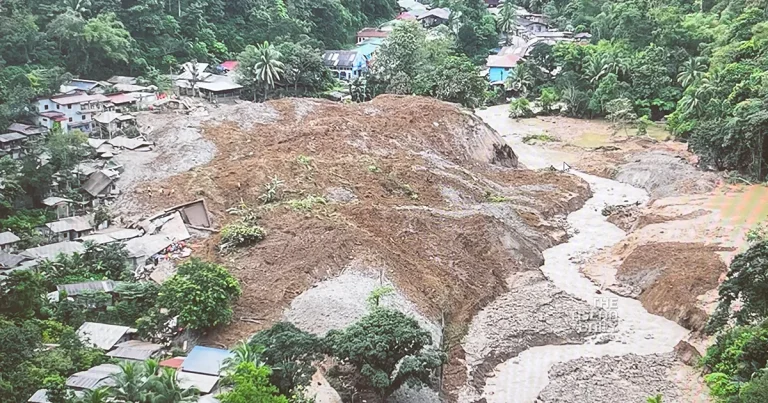1-3-2024 (MANILA) Recent devastating landslides and floods in the southern Philippines were not solely due to heavy rain but were exacerbated by faulty warning systems, poverty, and deforestation of mountains, according to a report released on Friday. The disasters occurred on the second-largest island of Mindanao, resulting in over 100 fatalities in January and February.
The World Weather Attribution group conducted a study, revealing that while the rainfall in eastern Mindanao was not exceptionally extreme, the combination of residents living in landslide-prone areas and deficiencies in weather alerts turned the rains into deadly disasters. The report emphasized that blaming the rain alone for severe impacts was insufficient, citing various human factors contributing to the devastating consequences.
One of the deadliest incidents occurred on February 6 when a mountainside collapsed, burying a gold mining village, resulting in more than 90 fatalities. While climate change likely played a role in heavy rainfall, the report stated challenges in quantifying its impact due to insufficient data. However, historical data indicated a significant increase in the heaviest five-day rainfall periods on Mindanao island during December to February.
The report identified a higher-than-average poverty rate in the mountainous region as a factor that left people vulnerable to heavier rainfall impacts. Additionally, intensified deforestation increased the risk of landslides. Construction in designated ‘no-build zones’ and the lack of focus on disaster risk management were highlighted as contributing factors.
The report criticized the lack of automated sensors for rainfall and stream levels in the region since at least 2022 due to funding cuts, hindering data collection. It also pointed out limitations in the country’s weather forecasts and warnings, urging improvements in early warning systems and assessments of landslide-prone areas to prevent similar disasters in the future.
The report concluded that the recent rains would have been more extreme without the El Niño weather phenomenon causing drier conditions across the country. The Philippines, among the most vulnerable countries to climate change impacts, typically experiences around 20 major storms annually.




